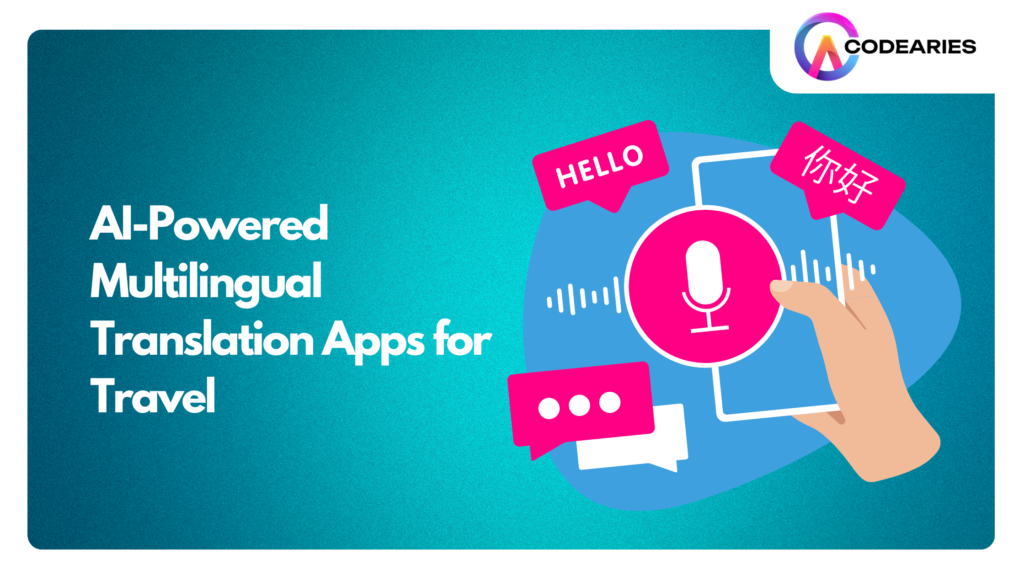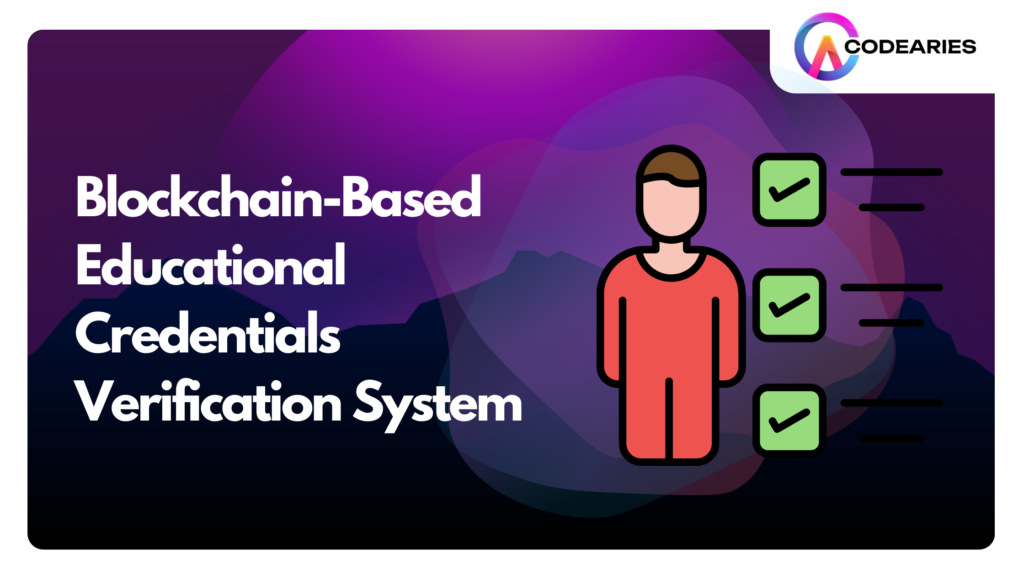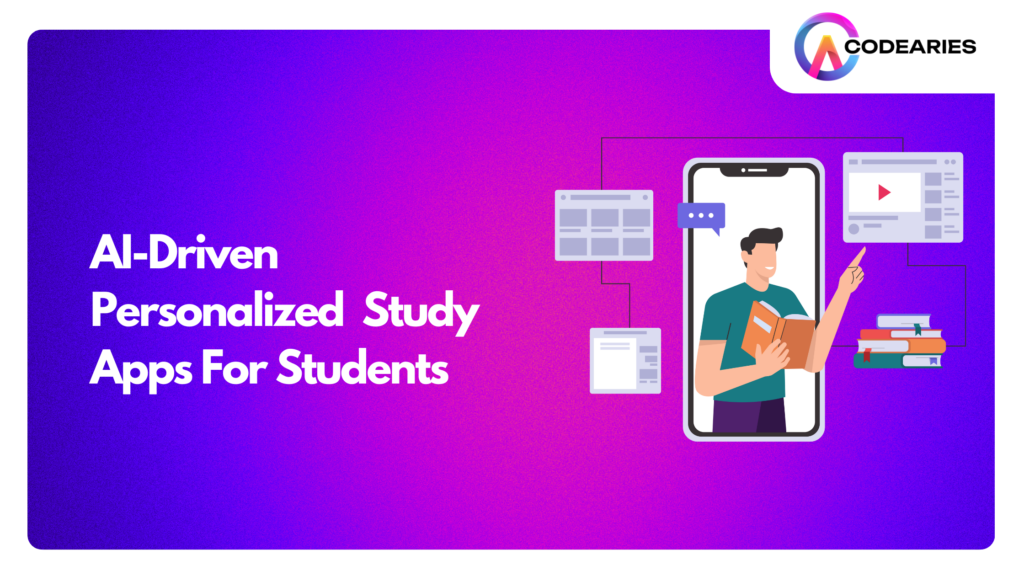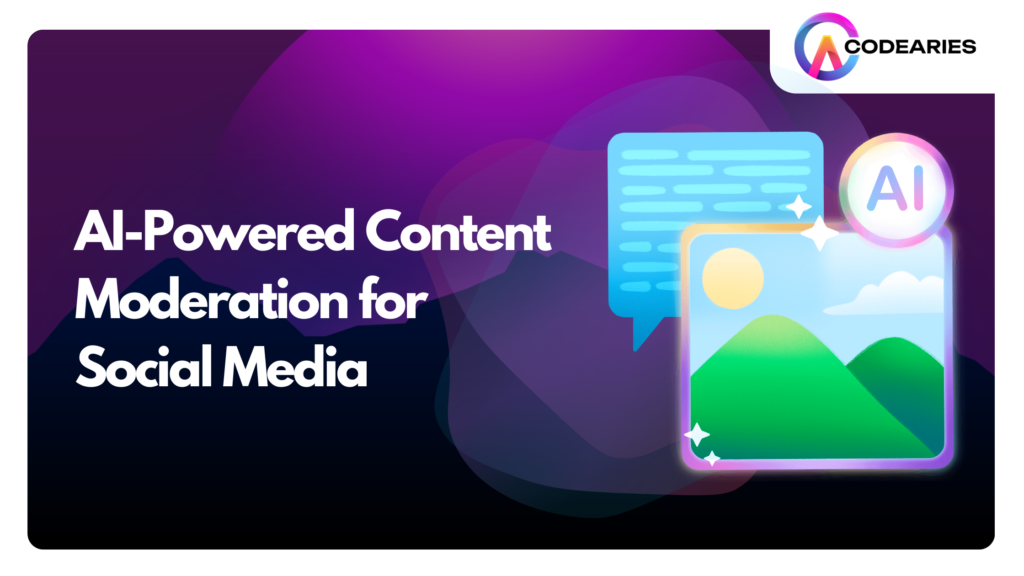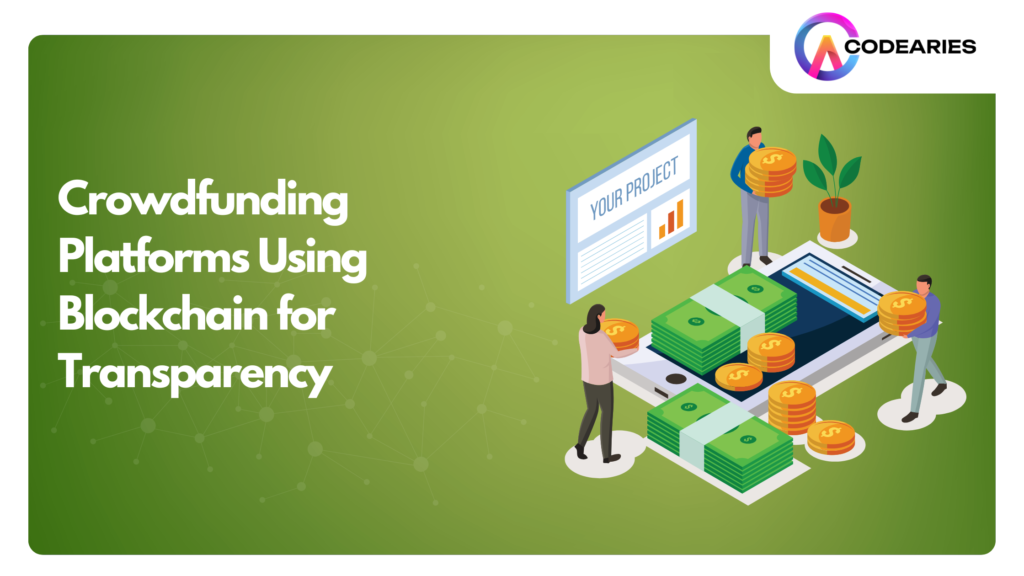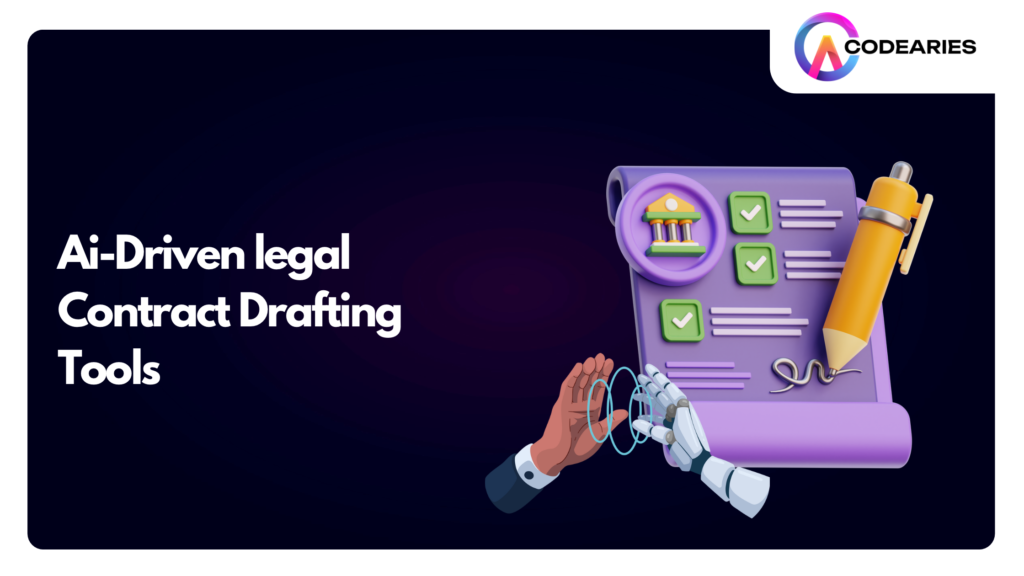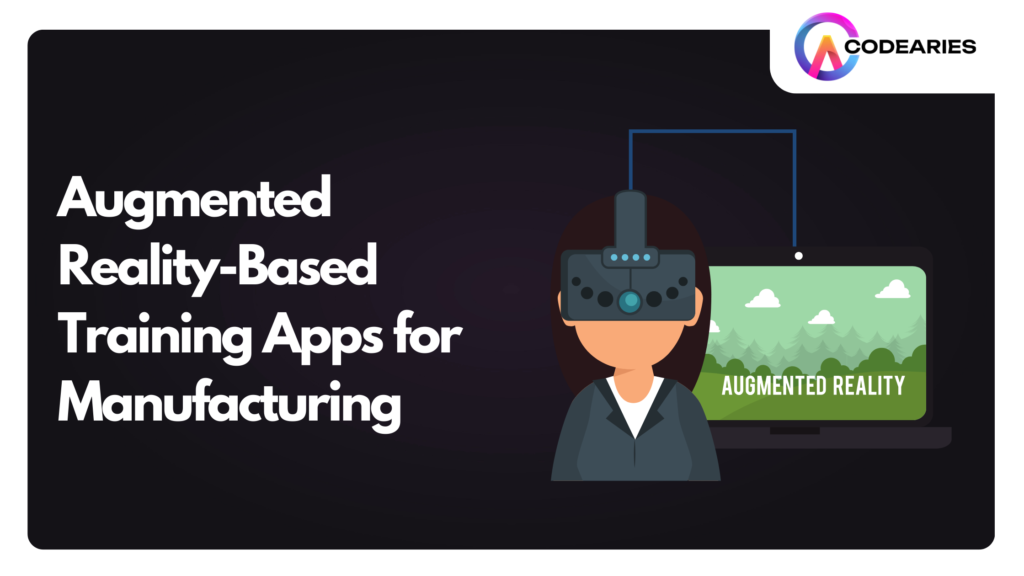AI-Powered Multilingual Translation Apps for Travel
In an increasingly globalized world, AI-powered translation apps have become essential tools for travelers exploring foreign destinations. By breaking down language barriers, these applications are transforming how individuals communicate abroad, providing real-time, offline, and audio-to-text capabilities that significantly enhance travel experiences. This guide explores the features of these innovative tools, offers top recommendations, and provides tips on effectively using AI translation technology. Introduction to Multilingual Translation Apps Multilingual translation apps harness the power of artificial intelligence to facilitate communication between speakers of different languages. They allow users to engage in basic interactions, decode signs, menus, and emergency information, and navigate foreign environments with ease. Whether you’re ordering a meal in a local restaurant or asking for directions, these apps help bridge communication gaps across a wide range of tourist languages and regional dialects, making them indispensable for frequent travelers. Importance of Translation Apps for Modern Travelers As travel expands beyond popular tourist hotspots, AI translation apps significantly enhance the travel experience by enabling users to interact with locals, understand cultural nuances, and conduct daily tasks more effectively. These tools empower travelers to engage authentically and securely, regardless of their language proficiency. For instance, being able to communicate basic needs, express gratitude, or navigate local customs fosters a deeper connection with the destinations and the people within them. How AI is Revolutionizing Language Translation The advancements in AI have greatly impacted language translation through machine learning, natural language processing (NLP), and neural networks. These technologies work collaboratively to improve the accuracy and fluidity of translations. Unlike traditional translation methods, AI-powered apps learn and adapt over time, becoming more intuitive and capable of understanding context, regional dialects, and common phrases. This ability to grasp the nuances of language ensures that users receive translations that are not only accurate but also contextually appropriate. Source Key Features of AI Translation Apps for Travel Real-time Translation: This feature allows users to engage in conversations in real time, translating spoken words instantly between languages. Users can converse seamlessly, enhancing interaction with locals. Offline Mode: Many translation apps offer the ability to download language packs, ensuring that translations are accessible even without an internet connection—an invaluable asset in remote areas or during international travel. Camera-based Text Translation: Utilizing optical character recognition (OCR), these apps can translate text from images, such as street signs, menus, and advertisements, making it easier for travelers to navigate unfamiliar surroundings. Audio-to-Text and Text-to-Text Translation: This feature supports various languages and facilitates seamless communication by converting spoken language to text and vice versa, thus enhancing interaction between speakers of different languages. Customizable Vocabulary and Phrases: Many apps allow travelers to save commonly used phrases for quick translations, reducing the need for repetitive typing and enhancing conversational flow. Top AI-Powered Translation Apps for Travelers Google Translate: Renowned for its extensive language support and offline capabilities, Google Translate is versatile and reliable, making it a go-to app for many travelers. Microsoft Translator: Featuring a user-friendly interface and multiple functionalities like voice and camera translation, Microsoft Translator offers a sleek design and robust features. iTranslate: Supporting over 100 languages, iTranslate includes a Phrasebook feature and offline translation packs, catering well to common languages encountered by travelers. SayHi: Primarily a voice translation app, SayHi is ideal for casual interactions, supporting informal language and dialects. Papago: Specializing in Asian languages, Papago excels at translating Japanese, Korean, and Chinese, making it an excellent choice for travelers in East Asia. TripLingo: In addition to translation, TripLingo offers cultural insights and slang translations, providing a local feel that helps users communicate more naturally and effectively. Criteria for Choosing the Best Translation App When selecting the best translation app, several factors should be considered: Language Support and Regional Dialects: Check the number of languages supported and the availability of regional dialects, which can enhance translation accuracy. User-Friendly Interface: A simple, intuitive design enhances ease of use, ensuring travelers can quickly navigate the app during high-pressure situations. Privacy and Data Security: With increasing concerns over data privacy, it’s essential to choose apps with clear privacy policies and strong data protection measures. Offline Access: Prioritize apps that provide offline translation capabilities, particularly for travel in areas with limited connectivity. Cost and Subscription Plans: While some apps offer free versions, others may require subscriptions for premium features. Evaluate the cost against the app’s functionality and your travel needs. How to Use AI Translation Apps Effectively While Traveling Downloading Languages in Advance: Before embarking on your journey, download the necessary languages to ensure availability even without an internet connection. This is especially important for remote areas where Wi-Fi may not be accessible. Customizing Common Phrases: Save frequently used travel phrases to improve response time and translation accuracy. This proactive approach can streamline communication, especially in busy or stressful situations. Using Camera Translation for Menus and Signs: Employ the camera translation feature to decode written text on the go. This tool is particularly useful for understanding menus or street signs quickly. Switching to Offline Mode for Low Connectivity Areas: Make sure to enable offline mode when entering areas with poor connectivity. This can prevent disruptions in communication and allow you to navigate effectively. Leveraging Regional Language Options for Accuracy: Choose dialects that match the specific region you are visiting. For example, the Spanish spoken in Mexico may differ from that in Spain, and selecting the right variant can enhance communication. Benefits of AI Translation Apps for Travelers AI translation apps offer substantial benefits, including: Breaking Down Language Barriers in Real-Time: Immediate translation capabilities allow users to engage in everyday conversations, fostering connections with locals and enhancing the travel experience. Enhancing Cultural Interactions: Speaking the local language, even at a basic level, enriches interactions and fosters appreciation for different cultures. This engagement can lead to deeper relationships and memorable experiences. Simplifying Navigation and Emergency Communication: In unfamiliar environments, translation apps can help users navigate effectively and seek assistance in emergencies, ensuring their safety and security. Supporting Local Businesses and Personal Connections: Translating local languages can help travelers

